PRIZE: A Prevention Intervention on Adolescent Gambling – Part Two
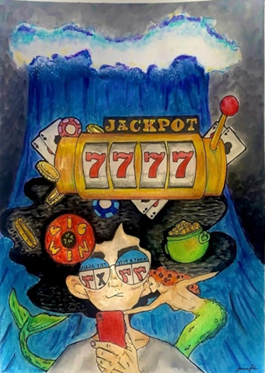
As addressed in the previous contribution, the right to psychological health is a fundamental human right, encompassing prevention, promotion, and care of psychological well-being, which is especially important for younger age groups. To this end, it is essential to reflect on and value prevention projects such as the PRIZE programme, promoted by the Tuscany Region, aimed at combating gambling during adolescence.
The target group of PRIZE consisted of adolescents attending upper secondary schools, from the first to the fifth year. The general aim of the prevention programme was to promote the health of young people in Tuscany through activities focused on monitoring and preventing problematic gambling, adopting a primary and universal prevention perspective, that is, addressed to all adolescents. For the entire duration of the project, a preliminary training phase was planned for the operators (psychologists, psychotherapists, educators) implementing the intervention in the classrooms. These professionals were recruited through organisations affiliated with CEART in various areas of the region.
Following the training, a survey phase was conducted to assess the prevalence of gambling among students through online questionnaires administered in class (pre-test). After this assessment phase, the intervention was implemented in classrooms, focusing on risk and protective factors in both cognitive and affective domains. The intervention consisted of a series of classroom sessions involving individual and group activities, based on the conceptual change method to facilitate learning (Posner et al., 1982). At the end of the intervention, a post-test was administered to monitor short-term effects, aiming to verify an increase in protective factors and a reduction in risk factors. Approximately three months after the intervention, a follow-up was conducted to assess gambling behaviour, monitor its reduction and check for the absence of any iatrogenic effects.
Following the first edition, based on feedback from participants and changes in gambling, especially online forms, the research group modified the intervention. In particular, more time was devoted to discussion and interaction with students; furthermore, topics related to gambling and associated risk and protective factors were enriched with sessions dedicated to online gambling and other behavioural addictions. To verify the consolidation of themes covered in class, tailored videogames were scheduled at the end of each session. Aggregated feedback sessions were also held to present results both regionally and for individual schools. During subsequent editions, individual feedback meetings for students were added.
Alongside school activities, the project included various other initiatives: raising awareness among students’ parents (about 10,000 were informed and reached via consent form distribution), surveying their gambling behaviours (n=1367), and organising dedicated training sessions through informational meetings (n=128); training and awareness-raising of operators working in third sector organisations and public addiction services (Ser.D.); training for upper secondary school teachers; facilitation, creation, and strengthening of synergies between third sector organisations, public territorial services, schools, and universities; and raising awareness among adolescents through two artistic competitions entitled “Winning with creativity and not gambling” (Figure 1). The dissemination of results was carried out on a large scale via scientific communication—such as articles in high-impact international journals and national journals, presentations at national and international conferences, lectures in academic and post-academic contexts—and through outreach to the general population via the project website (www.progettoprize.it), social media pages on Instagram (progetto.prize) and Facebook (Progetto PRIZE), public awareness days, interviews, and popular publications.
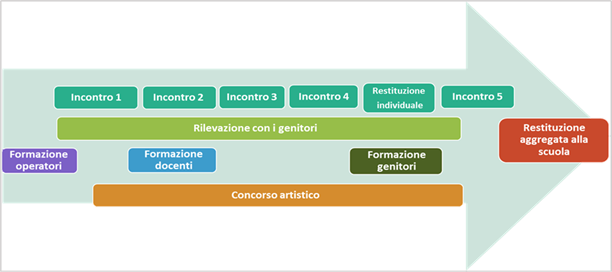
Figure 1. Procedure of activities carried out within the PRIZE 2 project.
In total, 8,266 adolescents attending 531 classes from 134 secondary schools in Tuscany participated in PRIZE and PRIZE 2 (50% lyceum, 29% technical, 21% vocational), from all provinces (38% USL Centre, 31% USL North-West, 31% USL South-East) of Tuscany (Figure 2).
a)
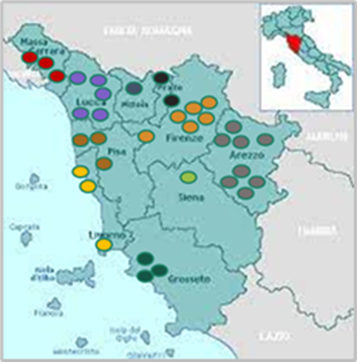
b)
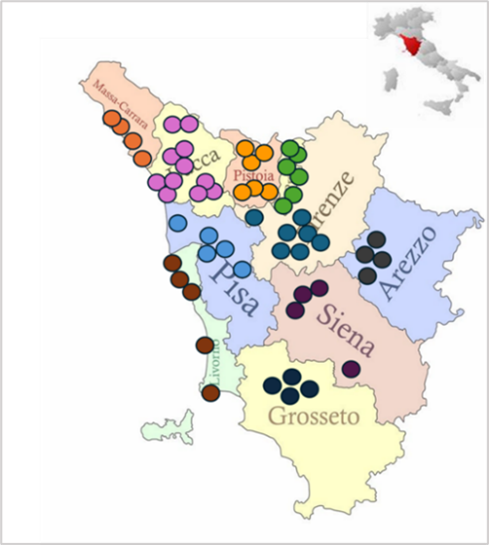
Figure 2. Territorial distribution of schools participating in PRIZE 1 (a) and PRIZE 2 (b).
Following the intervention, there was an increase in protective factors, namely correct knowledge about gambling, probabilistic reasoning skills, and understanding of the concept of chance, and a decrease in risk factors, specifically positive economic expectations and cognitive distortions about gambling. There was also a reduction in gambling frequency and versatility, as well as in problematic gambling behaviour. Regarding teachers, around 1,500 were informed and reached via the presentation letter and participated in classroom activities. Furthermore, 149 teachers from across Tuscany, representing various school types (lyceum, technical, vocational), took part in two cycles of training consisting of six online sessions, each lasting 1.5 hours. A total of 44 psychologists and professional educators from all CEART member organisations were trained (Figure 3). After the training, an increase was observed in correct knowledge about gambling, probabilistic reasoning ability, and self-efficacy. Finally, two eight-hour training sessions were organised for 53 operators from Ser.D public addiction services in the region.
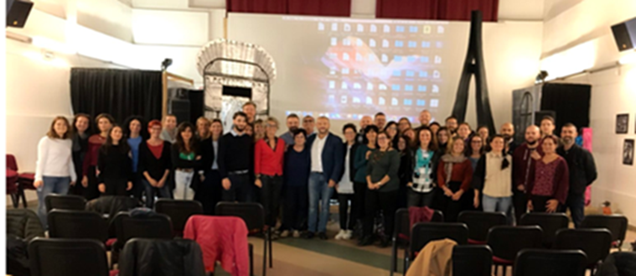
Figure 3. CEART operators during a training day.
Concerning the overall impact on the school community, 80% of the involved schools requested feedback on the programme’s results, focusing also on their students. These meetings were open to the entire student body, school staff, and parents. Participation in the “Winning with creativity and not gambling!” competitions was open to all upper secondary school students in the region. The notice was sent to all secondary schools in the region (n = 161). Prizes, consisting of vouchers to be used for activities alternative to gambling, were established. Ninety artworks were submitted by 150 students (Figure 4).
a)

b)

Figure 4. Winning artworks of the grand prize from the first (a) and second (b) editions of the artistic competition.
Approximately 80 students from various provinces, accompanied by parents and teachers, attended the final event with an award ceremony and exhibition of the winning artworks (Figure 5). The event was chaired by the President of the Order of Psychologists of the Tuscany Region, Dr. Maria Antonietta Gulino, and the Vice-Rector for Technology Transfer, Cultural Activities and Social Impact at the University of Florence, Prof. Marco Pierini. A travelling exhibition of the winning artworks was subsequently organised in venues frequented by young people and in a school, across four provinces: Florence, Lucca, Prato, and Grosseto.
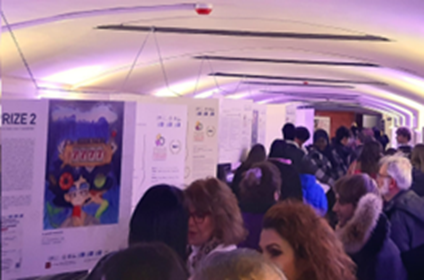
Figure 5. Exhibition of winning artworks at “il Fuligno,” 16 December 2023.
Overall, the PRIZE project can be regarded as a contribution to the promotion of psychological health among upper secondary school students, considering that prevention encompasses all activities aimed at raising awareness, educating, informing, and anticipating attitudes, behaviours, and risk or protective conduct (National Council of the Order of Psychologists, CNOP, 2015). It is worth emphasising that the project originated from a previous academic trial and that this original intervention was subsequently enriched and consolidated through co-planned activities with public and private social organisations. A significant contribution was made by the operators recruited for the project, who were able to enhance classroom activities thanks to their prior professional expertise. The coaching work carried out throughout the project supported and monitored their efforts, also allowing for important feedback, which led to the adaptation and calibration of actions aimed at adolescents to make them more engaging and appropriate for this age group. Finally, a network was created linking schools and services, as well as research and clinical practice, to integrate different competencies and perspectives and encourage connections (often lacking) between schools and services regarding adolescents who gamble problematically. In conclusion, PRIZE 2 can be considered a best practice for designing, implementing, and assessing the effectiveness of a gambling prevention intervention for adolescents.
References
Posner, M. I. (1982). Cumulative development of attentional theory. American Psychologist, 37(2), 168. https://doi.org/10.1037/0003-066X.37.2.168

